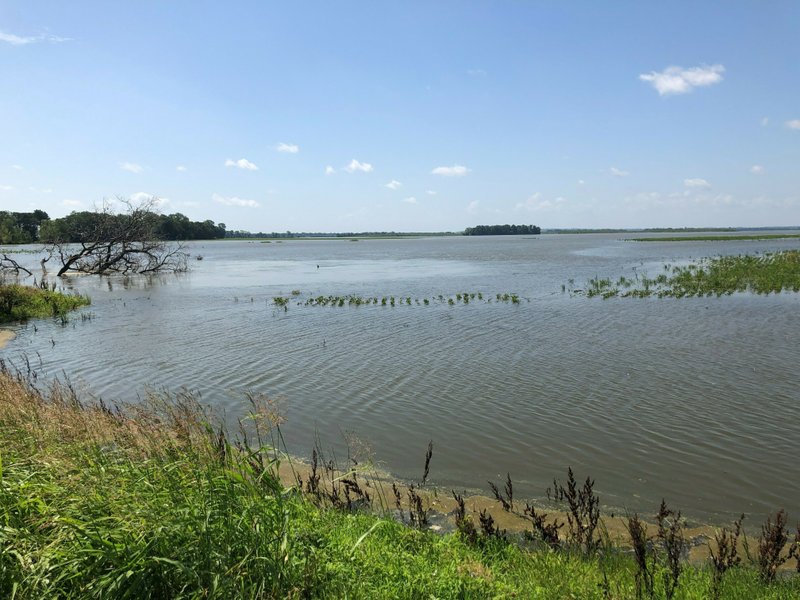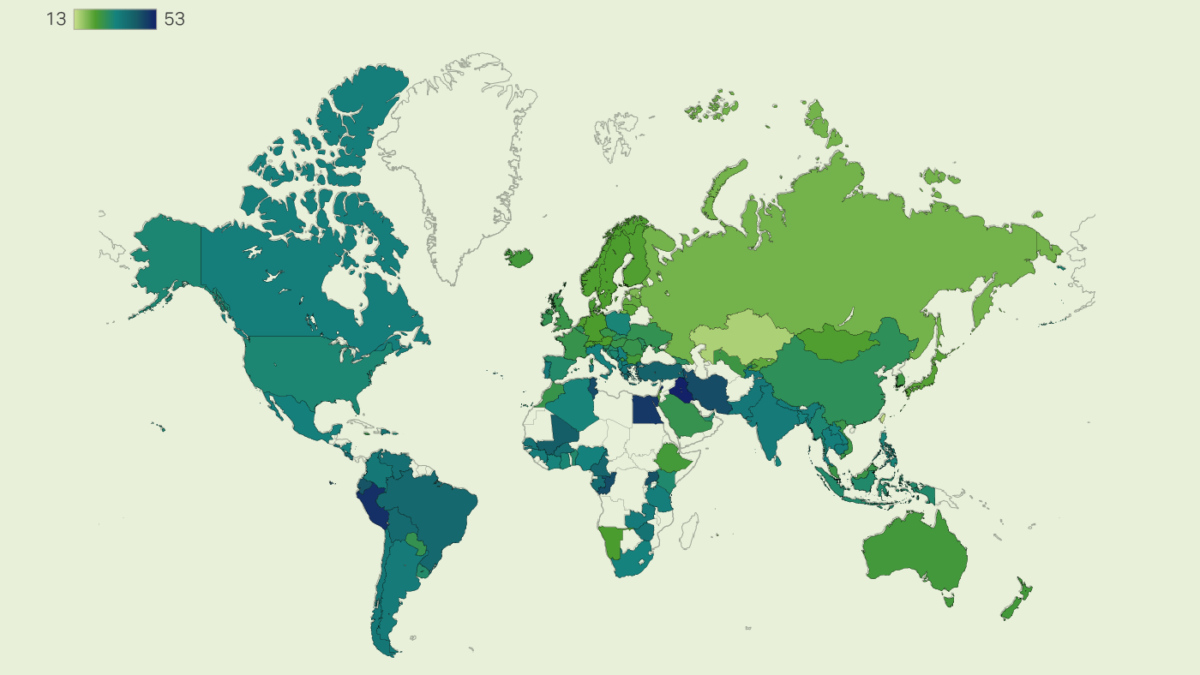Trillions of gallons leak from aging drinking water systems, further stressing shrinking U.S. cities – “It’s a huge problem because infrastructure is rapidly deteriorating”

By Tammy Webber
4 March 2024
PRICHARD, Alabama (AP) – Water bubbles up in streets, pooling in neighborhoods for weeks or months. Homes burn to the ground if firefighters can’t draw enough water from hydrants. Utility crews struggle to fix broken pipes while water flows through shut-off valves that don’t work.
For generations, the water infrastructure beneath this southern Alabama city was corroding, cracking and failing — out of sight and seemingly out of mind — as the population shrank and poverty rose. Until it became impossible to ignore.
Last year residents learned a startling truth: Prichard loses over half, sometimes more than 60 percent, of the drinking water it buys from nearby Mobile, according to a state environmental report that said “the state of disrepair of Prichard’s water lines cannot be overstated.” Residents and experts say it also imposes a crippling financial burden on one of the state’s poorest cities, where more than 30 percent live in poverty.
“It’s a heartbreaking situation,” said community activist Carletta Davis, recounting how residents have been shocked by monthly water bills totaling hundreds or thousands of dollars. “I see people struggling with whether or not they have to pay their water bills or whether or not they can buy food or whether or not they can get their medicine.”
Prichard’s situation is dire, but hardly unique.
Across the U.S., trillions of gallons of drinking water are lost every year, especially from decrepit systems in communities struggling with significant population loss and industrial decline that leave behind poorer residents, vacant neighborhoods and too-large water systems that are difficult to maintain.
Jackson, Mississippi, was already losing an estimated 65% of its water — including millions of gallons that had been gushing from broken pipes for years, turning some areas into wetlands — when the system almost collapsed in 2022, said Ted Henifin, the water system’s federally appointed third-party manager.
Many communities — especially older industrial and rural areas in the eastern half of the country — are facing a similar economic and public health reckoning after decades of deferred maintenance and disinvestment, experts say.
In the Detroit enclave of Highland Park, where the population halved in the past 20 years and is 83% smaller than its 1930s heyday, an estimated 70% of the water is lost from pipes up to 120 years old. Several Chicago suburbs likely are losing more than 40% of water. And some Georgia systems are losing more than 80% of their treated drinking water, said Sunil Sinha, a water researcher at Virginia Tech.
A January cold snap caused water line breaks in dozens of communities where aging infrastructure could no longer withstand freezing temperatures, including Memphis, Tennessee, and an Arkansas town that had no water for two weeks. But systems crack and leak year-round as time and neglect take a toll.

Yet water loss has drawn less public scrutiny than issues like lead service lines and overflowing sewer systems, although it also has significant consequences: Communities buy or treat far more water than they otherwise would, passing costs to customers; water in oversized systems moves more slowly and can become stagnant, requiring lines to be flushed to prevent bacteria buildup, which wastes more water; and loss of pressure from pipe breaks can allow contamination to enter the system.
“The waste and cost to ratepayers if you’re losing 50 or 60 percent of your water, it’s enough to make your blood boil,” said Eric Oswald, director of the drinking water division at Michigan’s Department of Environment, Great Lakes and Energy. He said Michigan communities large and small are losing significant amounts of water, mainly tied to industry and population loss.
Experts say needed investment often is deferred because raising water rates to fix systems is politically unpopular, but also because it’s difficult to borrow money and poorer communities often have to spend scarce resources on other needs, such as fire protection and police.
“If the choice is building a school or putting in a transmission main, you build a school,” said John C. Young, a former water executive who helped manage Flint, Michigan’s recovery efforts after its lead-contaminated water crisis. He recently was appointed to oversee the beleaguered Prichard water and sewer department — already shaken by an embezzlement scandal — after it was sued by a bank for defaulting on a $55 million loan.
Struggling cities, Young said, are “kind of between a rock and a hard place.” […]
In Illinois, communities getting water from Lake Michigan are required to annually report use and loss, but the state has no certified records after 2017, when several places reported significant levels of nonrevenue water — up to 52 percent in Maywood, west of Chicago.
The state gets an annual water allotment under the Great Lakes Compact, so losses could affect whether additional communities can draw water in the future.
State officials are trying to hire staff to enforce the reporting requirement, while water loss continues to worsen in old and shrinking Chicago suburbs.
“It’s a huge problem because infrastructure is rapidly deteriorating,” said Loren Wobig, director of the office of water resources at the Illinois Department of Natural Resources. “It needs attention and it needs it now.” [more]
Trillions of gallons leak from aging drinking water systems, further stressing shrinking US cities


